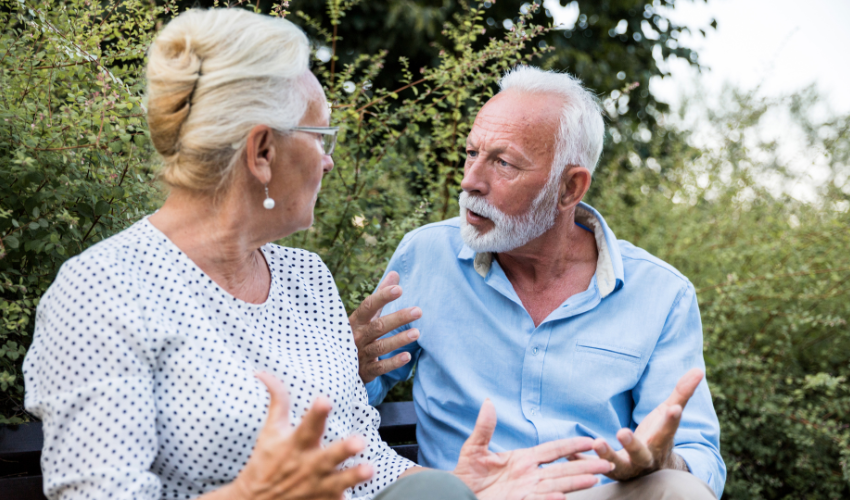Communication is more than just the words we say. Non-verbal cues such as facial expressions, gestures, and body language play a crucial role in conveying our thoughts and emotions. Understanding these cues can help us communicate more effectively, build stronger relationships, and improve our overall communication skills.
In this article, we’ll take a closer look at the power of non-verbal cues and how they can influence our communication. We’ll explore the different types of cues, how to interpret them, and how to use them to our advantage.
Facial Expressions and Eye Contact

- They can provide visual feedback to the speaker
- They can help to build rapport
- It can help to establish rapport and build trust with the other person.
Body Language and Posture
- It can convey emotions and attitudes that are not expressed verbally.
- It can provide insight into the speaker’s thoughts and intentions.
- It can help build trust and rapport with the other person.
Gestures and Hand Movements
- They can add depth and nuance to our words.
- Helping us to express emotions and emphasize key points.
- They can help establish rapport with the listener.

Voice Tone and Volume
- Voice tone is an essential aspect of communication.
- It can convey emotions such as happiness, anger, sadness, or excitement.
- It can also help to emphasize key points
- Convey the meaning behind our words.
- When used effectively, voice tone can help to establish trust and rapport with others.
Interpreting
- Pay attention to the person’s body language, facial expressions, and gestures to get a sense of their emotional state.
- Look for inconsistencies between the person’s words and their cues, which may indicate that they’re not being truthful.
- Consider the context of the communication to help interpret the person’s cues.
- Be aware of your own non-verbal cues, as they can influence how others perceive your message.
Using to Improve Communication
- Pay attention to the non-verbal manifestations of the person you are communicating with in order to better understand their emotions and feelings.
- Use non-verbal cues, express feelings, express empathy and understanding, and establish trust and rapport with others.
- Be aware of cultural differences in signals and adjust their use accordingly.
Bullet Points:
- Non-verbal cues can convey emotions, attitudes, and intentions.
- Facial expressions, body language, gestures, voice tone, and eye contact are all examples of cues.
- Understanding cues can help us communicate more effectively and build stronger relationships.
- Interpreting can be challenging, but using context can help.
- Incorporating non-verbal cues into communication can improve our overall communication skills.

FAQs:
What are some common non-verbal cues?
Some common cues include body language, facial expressions, eye contact, and tone of voice.
How can non-verbal cues impact communication?
They can reveal what someone is thinking or feeling, often more than what is conveyed through words alone. Understanding is crucial for effective communication, both in personal and professional settings.
How can I improve my non-verbal communication skills?
Improving your non-verbal communication skills can be done through practicing active listening, being aware of your body language, and paying attention to others’ non-verbal cues.
Are non-verbal cues universal?
Yes, that are universal, and certain cues can be understood across different cultures and languages.
Can non-verbal cues be faked?
Yes, certain can be faked, such as a smile or maintaining eye contact, but it is important to be aware of the context and overall body language to determine if someone is being genuine.
Conclusion:
Non-verbal cues are a powerful tool in communication. By understanding and improving your non-verbal communication skills, you can enhance emotional connection, convey confidence and authority, and build trust with others. Remember that are universal, and paying attention to others’ cues can help






















